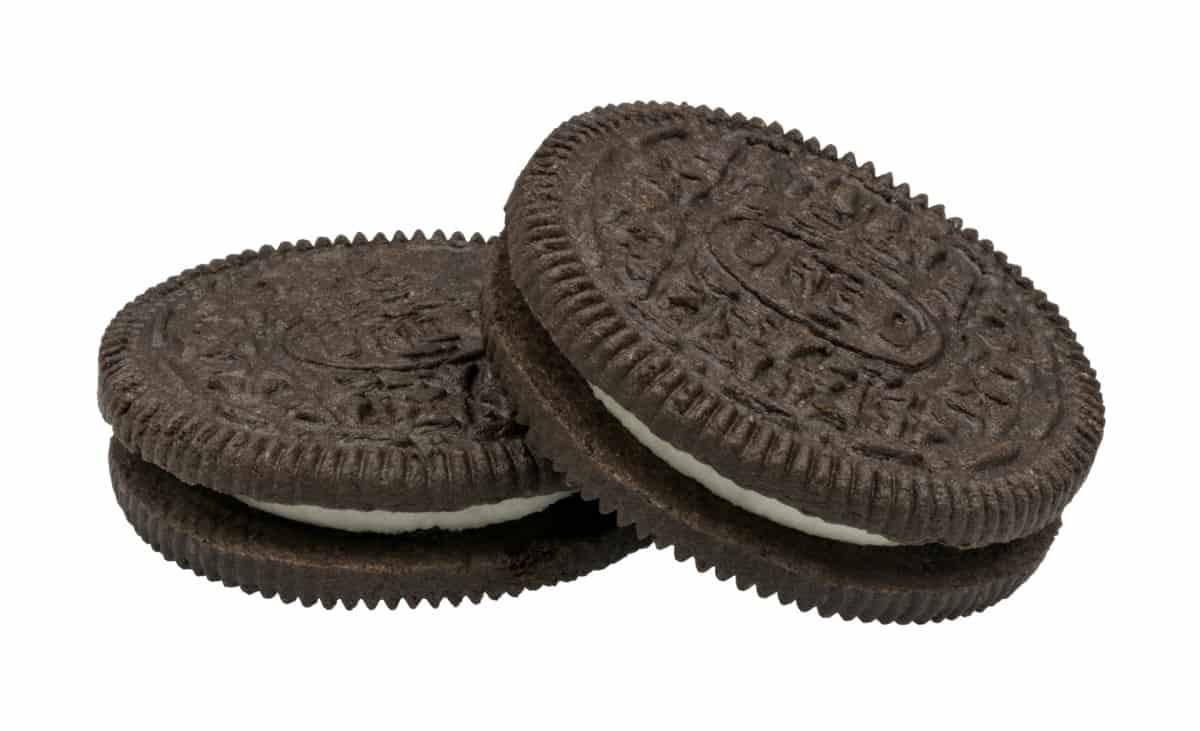In case you have never eaten one, an Oreo is sandwich of two round biscuits with a sweet creme filling. Many folks will separate the two biscuits and eat the filling first. Crystal Owens at the Massachusetts Institute of Technology is probably one of those people, because she and her colleagues have published a paper about the physics of how that separation occurs.
Oreo fans will know that the cookie almost always comes apart leaving most – if not all – of the filling on one biscuit. And now Owens and team have created an “oerometer” to find out why.
Their device is a rheometer that grasps the two biscuits and gives the cookie a twist until it separates in two. The team then quantified how much filling was on each biscuit.
Perfect twist
“I had in my mind that if you twist the Oreos perfectly, you should split the creme perfectly in the middle,” said Owens. Instead, they found that filling was always on one biscuit, suggesting that the effect was not caused by how people twist Oreos.
The team found that the flavour of the Oreo and the amount of filling did not affect the separation process. What did have an effect was the twisting speed, with the conclusion being that a slow twist is best for a clean break.
As for why the filling always ends up on one side, the team is not much wiser and suggests that it might have something to do with how the Oreos are manufactured. They say this because they found that cookies in the same box separate with the same orientation to how they were packaged.
If want to try their experiments at home, the team has designed an open-source, 3D-printed oreometer (see above video). They describe all of this in “On Oreology, the fracture and flow of ‘milk’s favorite cookie®’”, which is published in Physics of Fluids.
Edible metamaterials
Moving from cookies to chocolate, researchers at the University of Amsterdam, Delft University, and Unilever in the Netherlands say that they have designed the perfect piece of chocolate. The team has shown that the mouthfeel of chocolate can be engineered by creating chocolate metamaterials. Physicists will know that metamaterials are artificial materials with internal structures that are specifically designed to give the metamaterial specific properties – having a certain optical response, for example.
The team heated chocolate and then created various metamaterials using a 3D printer. They found that how the chocolate cracked when chewed could be controlled by altering the design of the metamaterial. Subjects who ate the chocolates reported that pieces with more cracks had a better mouthfeel.
The team says that this is the first study of edible metamaterials and report their results in “Edible mechanical metamaterials with designed fracture for mouthfeel control”, which is published in Soft Matter.
